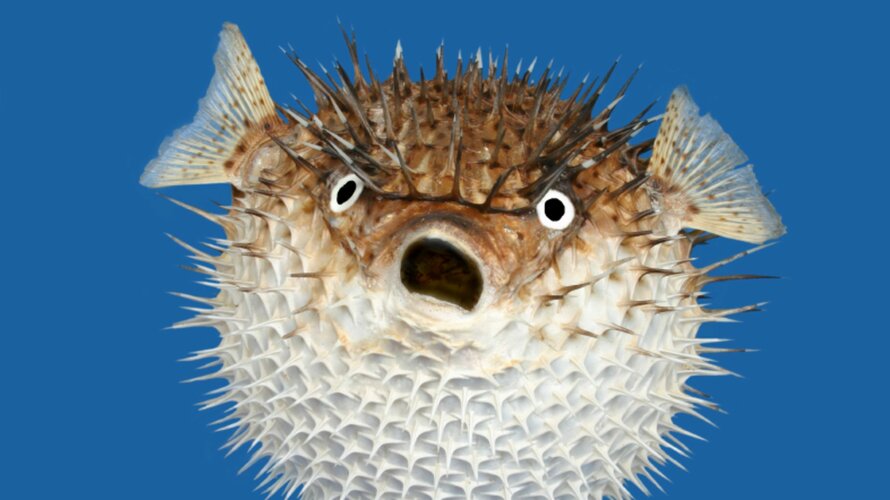- Joined
- 31 May 2009
- Messages
- 1,154
- Reaction score
- 665
circle-5 said:I believe the top "sensor carrier" is the Bell SeaPig (that's the official name -- nothing to do with the F-111B). I can't find any info on the SeaPig, including in this forum. Oink.
To reply no. 55 by Aerofranz, I misidentified the illustration's top sensor carrier as the Bell SeaPig. It's actually the SeaKat, still from Bell Aerospace. I apologize for the error. Attached are a couple views of a SeaKat factory model. I would be grateful for any info about this little-known aircraft.




























